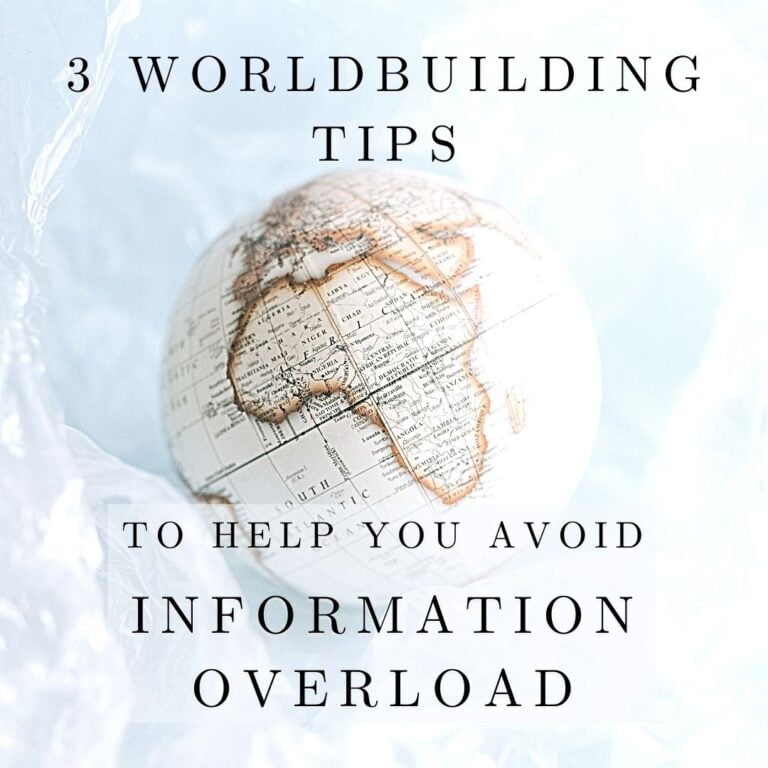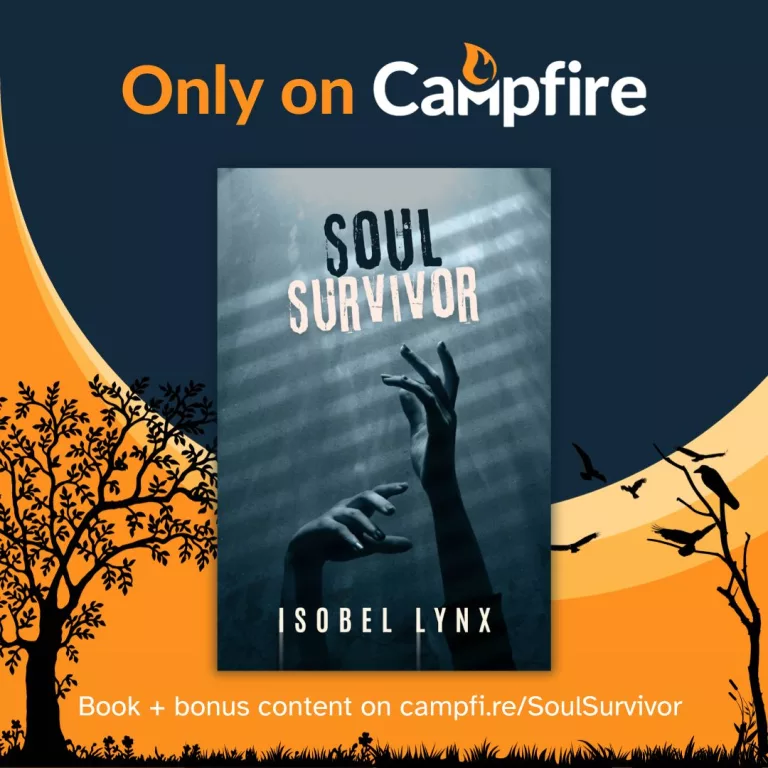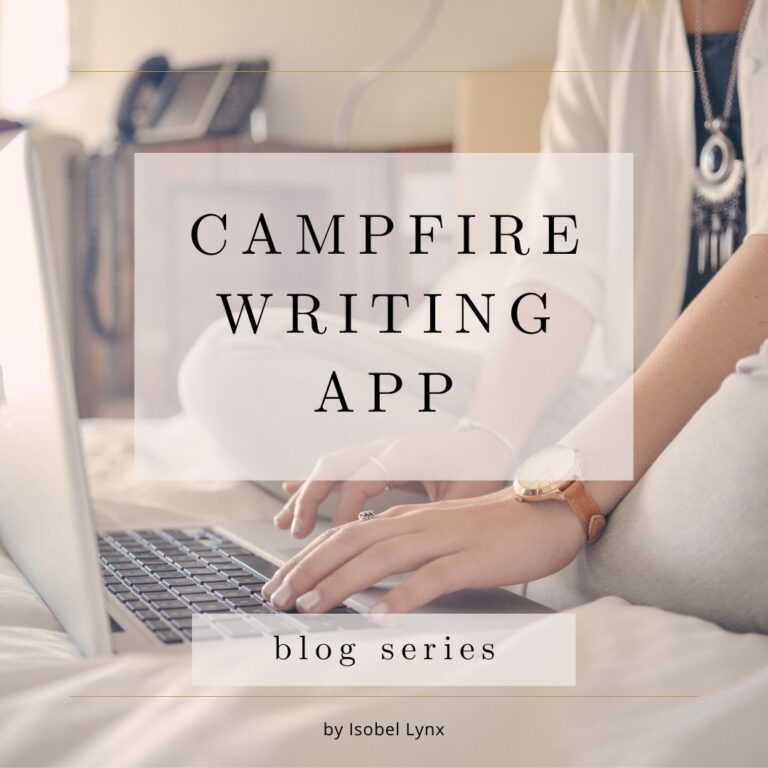Are you a plotter or a pantser? The question gets thrown around the writing community as we search for our tribes. In the past, I’ve opted to call myself a plantser, a hybrid of the two, because I didn’t like the idea of being labeled as one or the other, but as I’ve grown as a writer, I’m ready to stand proudly in my plotting bucket. I analyze my book before, while, and after it is written, and it’s better for it.
Pantsers are the writers that like to fly by the seat of their pants. They don’t want to know what their story is until it’s written, so they wait for the muse to give them the story, trusting that their imagination will do the work for them. They don’t outline ahead of time, and any planning they might use is kept to the minimum.
Plotters (or planners), on the other hand, don’t want to take the chance that the muse will come and give them the story. They plan out their books from the beginning to the end before they write them. The level of detail depends on each writer, but the common sentiment is that the plot is the story.
Can we talk about the stigma against plotting?
Why was I hesitant to get labeled a plotter before? There’s a stigma that comes with the title. Avid pantsers complain that planning inhibits creativity (just look at any of Steven King’s advice), but they couldn’t be more wrong. When you plan, you get to be creative multiple times, before and while writing.
The trick to being a successful plotter is to be flexible. Like now, as I’m writing for 2021 NaNoWriMo, all plans I had for this massive book were thrown out the window and replaced multiple times. Every time I think, this is it, this is how I’ll finish this story, I write another couple of scenes and see other paths and change the plans. And they get better with each iteration.
I’m not saying, don’t ever pants, I think it can be useful in the beginning stages of your book, and I don’t know, maybe some people’s brains are built differently and knowing what’s ahead harms their process, but in my humble opinion, there comes a time when the pantser must resort to plotting. The question is, how soon will you give in before you realize you can’t continue without direction?
Let me tell you about my monster story
As I started my writing journey, I knew nothing about story structure and pantsed because it was the only thing I knew how to do. I created some awesome stories that way, however, I’ve also been burned by the process. I learned the hard way that I should not be allowed to pants because my imagination needs boundaries.
The NOOM started as a crazy story concept that grew to epic proportions (and became an epic series). I threw all of my awesome ideas at it. It was fun and the reader feedback was good, so I kept going. But then one day, after my beta reader gave up because I was writing the story too fast for her to keep up, I looked at my word count and did a bit of counting. I was 150,000 words in and absolutely nowhere close to the end. It didn’t even feel like the middle. How much longer before I reached the end? Another 150,000 or more like 500,000?
I was in trouble. The book had accumulated more subplots than I could track, and I didn’t know how to curb that monster. That was when I took a step back and started researching plotting methods.
My imagination needs boundaries.
To fix my monster story, I took the “work backwards from the ending” approach: envision an ending and figure out what has to happen for that ending to make sense. Then, I also had to find resolutions to all of the subplots I had started and build them in. It was a monstrous effort and I’m still impressed with myself that I managed to pull it off against all odds, but it took another 100,000 words to finish that book.
I’ve recently tried to edit that monster, and the results are: there is no way to edit this story into an acceptable length without cutting the best parts out. Thankfully, it is a fanfiction and will never be required to meet the publishing industry word count rules. If this was a work of original fiction, I would lament at what to do with it because the story is too good to abandon as a bad project, and yet, I could never sell it without completely butchering it. It would never see the light of day.
That was when I decided that I would never take that chance again. Why would I put so much effort into a story without giving it the best chance it could get? I love my stories too much to set them up for failure.
Plotting pushes the story forward
Having a plot helps you with the “What shall I write next?” dilemma, but most of all, plotting is exciting! When plans come together, I get that satisfying feeling of finishing the book even before anything’s written and that motivates me to write it because I want to read it! And when plans change and I have to redo everything, I don’t fret. Time spent on your book is never wasted. I redo the plot as many times as it takes, and each time I figure it out, I get that satisfying feeling again. It’s a win-win.
Does it mean that a fully plotted-out book is guaranteed to become a bestseller? Of course, not. You still have to write the damn thing and get someone to read it. There’s much more to writing a book than just plotting it, but it is a necessary part of the process.
So, plotters out there, let’s unite. Wear our plotter flag proudly, share our tips and tricks with whoever is interested, and if you encounter a pantser out there in the wild, let them be. The chances are high that with time, most will join our ranks.
Discover more from Isobel Lynx
Subscribe to get the latest posts sent to your email.




